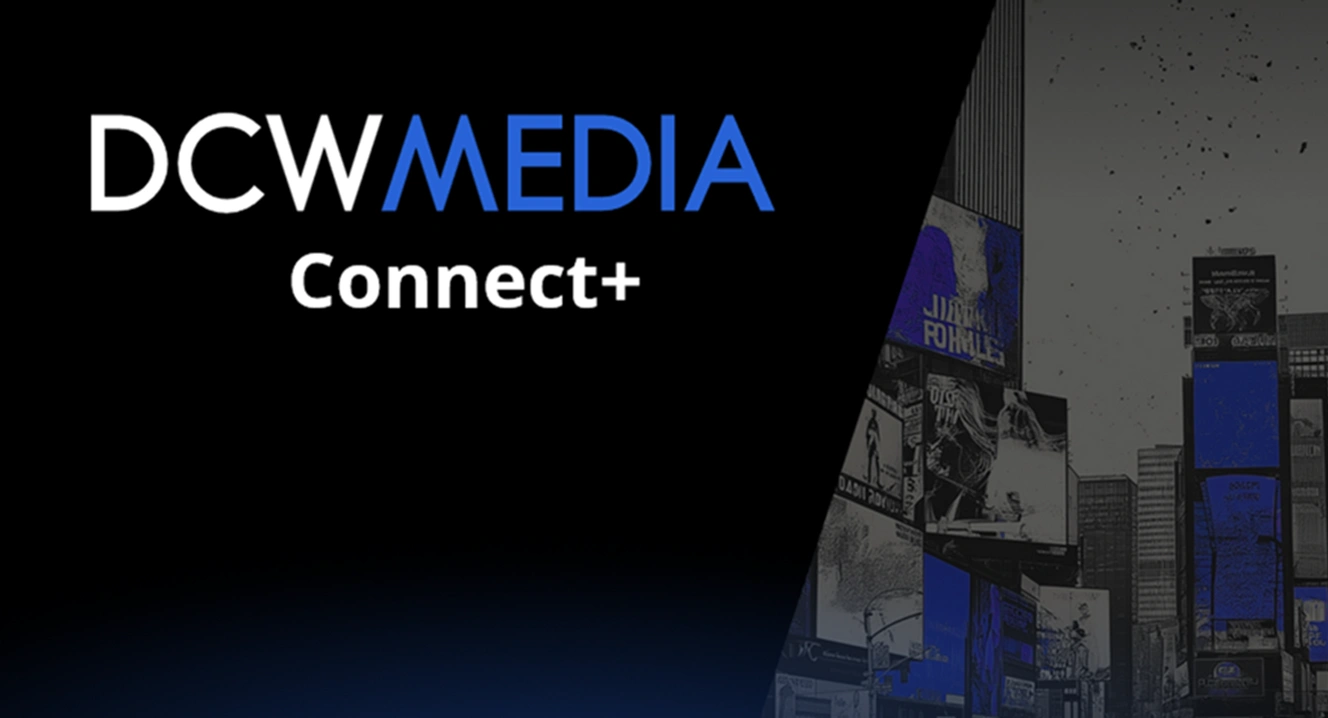
Three Ways Digital and Traditional Can Be Used to take your Media Campaign Strategies to the Next Level
Share this story
DCW has the rare benefit of being both a traditional and digital media agency. We’ve been offering traditional services for over 50 years and digital advertising for well over a decade. Not only does this provide our customers with a robust media mix, but it also allows us to execute campaign strategies that combine both forms. The result is media buying with high frequency, multiple touchpoints, and low rates all under one roof. Check out the strategies below to see how we can uniquely leverage digital and traditional.
Roadside Billboards and Geofencing
Traditional roadside billboards reach a steady stream of traffic with many built-in repeat viewers as drivers pass a location multiple times in their daily travels. The average billboard is over 600 square feet of advertising that is not skippable or quickly ignored. Studies have repeatedly shown that such out-of-home advertising generates significantly more recall than audio and video.
Enormously effective in their own right, the impact of billboards can be amplified by adding digital geofencing. This is done by establishing a virtual “fence” area around a portion of the road where passing traffic, and the mobile devices they carry, are captured for later digital display ad targeting. Not only does the message get a huge boost in terms of frequency as people now see the same or corresponding ad on their phone, but they are now being offered an ad that can drive engagement and traffic.
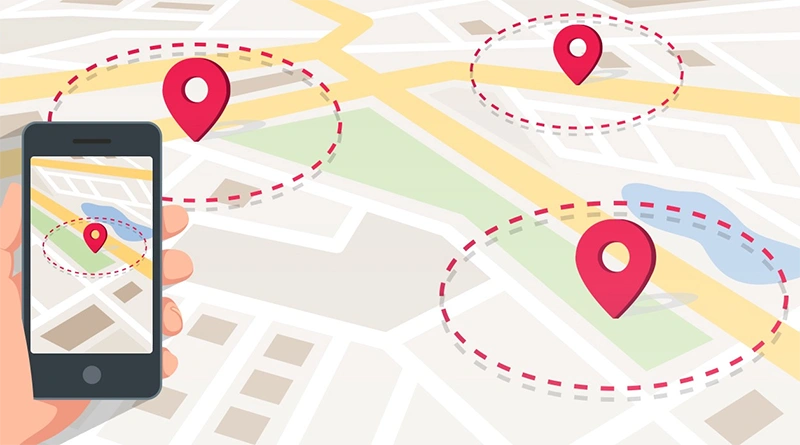
Months after Hurricane Ian our client GAF Roofing wanted to promote their product availability at local Lowe’s stores in and around Fort Myers, Florida. DCW secured six billboard panels around the targeted Lowe’s stores and employed corresponding geofencing. The result was over 7 million additional digital impressions, nearly 26,000 clicks, and a clickthrough rate 33% higher than the benchmark.
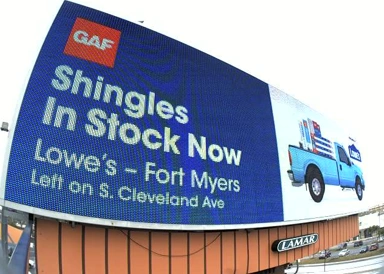
A similar strategy can be used with transit ads that are placed at bus shelters, on taxis, or at train stations, which are then boosted with geofencing in the same spots to reinforce messaging and engagement.
Direct Mail and Geotargeted Digital
Like billboards, pieces of mail sent directly to targeted households have a staying power due to their physical presence. Mail is seen and handled by recipients, even if it’s just taken from the mailbox and put into the trash. Recipients are spending time holding your ad. Direct mail can come in a variety of formats, including postcards, fliers, letters, and large card sheets. It’s also reaching more households than any digital channels as the USPS estimates that mail reaches 98-99% of households across 160 million+ delivery points across the country.
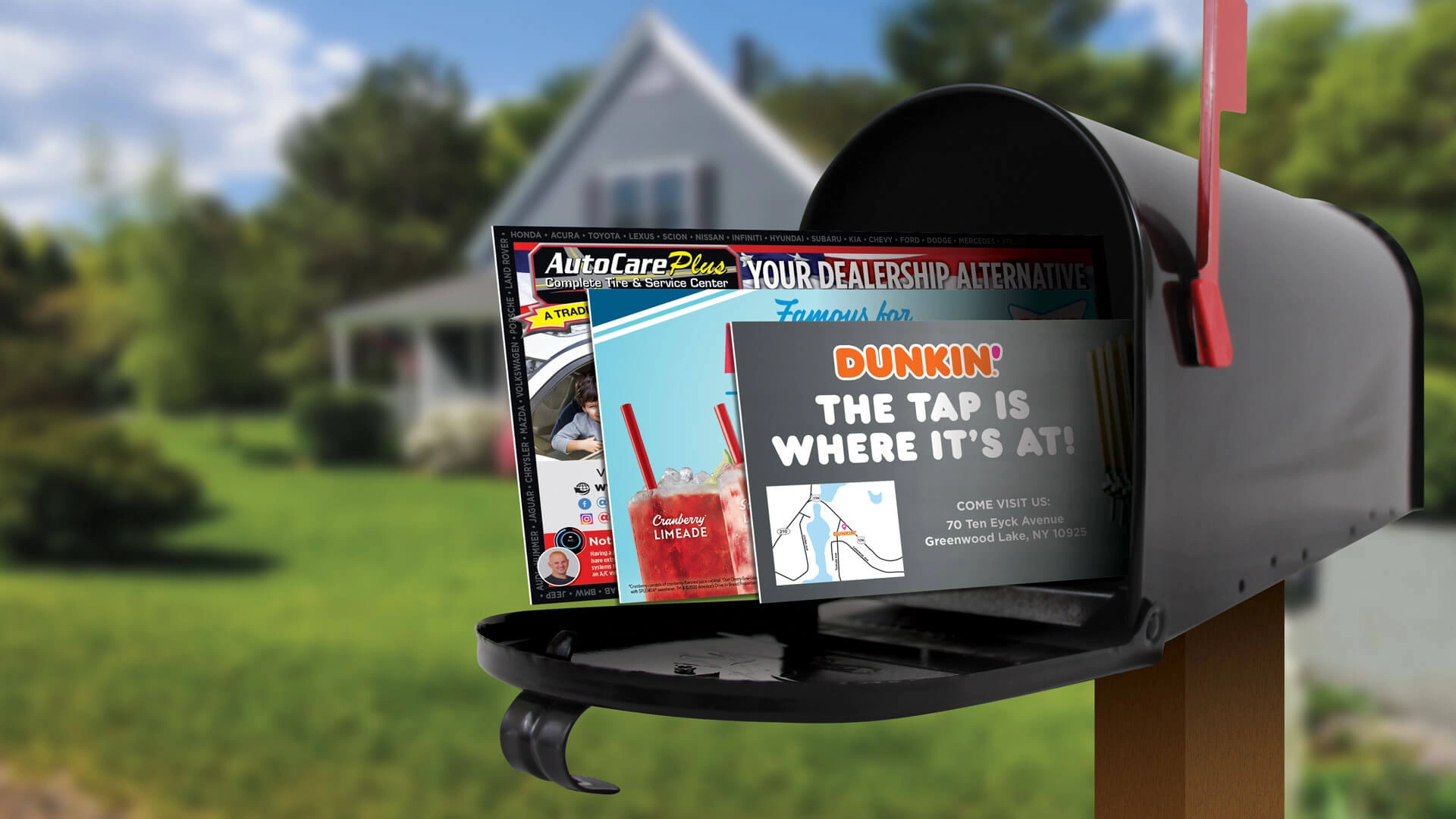
Digital channels can greatly enhance the effectiveness of direct mail when targeted in a way that overlaps delivery. Households can be targeted with either geofences, regular geo targeting, anonymized first person data, or by IP addresses. Display banners, videos, and audio build off the physical mailing, providing opportunities for further engagement. In terms of social media, Nextdoor is a potentially great way to double down on direct mail campaigns asit has a targeting feature that can reach neighborhoods based on homeownership rates, ensuring that the areas most saturated with mailers are getting added visibility on the platform.
Direct mail and digital media can collaborate in a few different ways. For instance, the mailings can be used to generate awareness as an initial touchpoint ahead of programmatic and social ads that then drive lower-funnel activities. Mail can also be highly targeted, only being sent to households that fit certain demographic criteria or to those on CRM lists. It’s also worth noting that mail can generate its own direct responses, with more targeted campaigns reaching response rates around 9%. One study estimates that ROAS can reach $12 for every dollar spent.
CTV + Linear TV for Gapless Big Screen Coverage
We’re at an interesting moment in time when linear TV household usage is almost the same as streaming. According to Nielsen, as of mid-2025, cable and broadcast combine to reach 44.2% of households, while streaming is estimated to cover 44.8%. This can prove problematic for advertisers wishing to generate far-reaching awareness on the largest screens in the home.
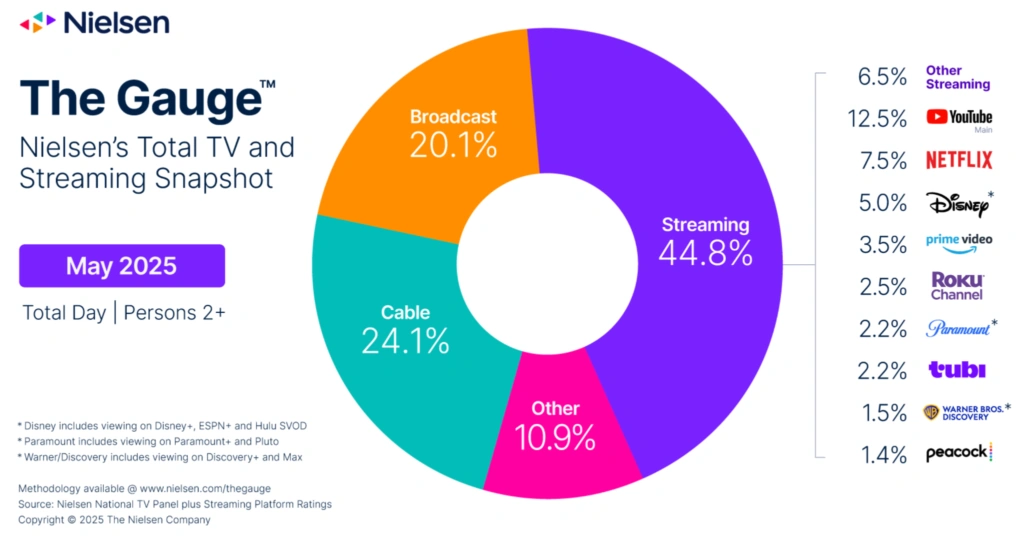
DCW can cover both bases while ensuring there is not any wasteful overlap. In addition to using our years of leverage to negotiate the best linear TV deals, we team up with programmatic partners who can specifically target so-called “cord cutters” and “cord nevers.” This incremental reach means that no ad impressions are wasted on repetitive targeting.
Work with DCW to Leverage Digital & Traditional
Are you an advertiser looking to expand your offerings into one of these two areas? Or maybe you’re ready for strategies that combine both? Either way, DCW has you covered. Reach out today for a custom media plan that covers all your bases.
